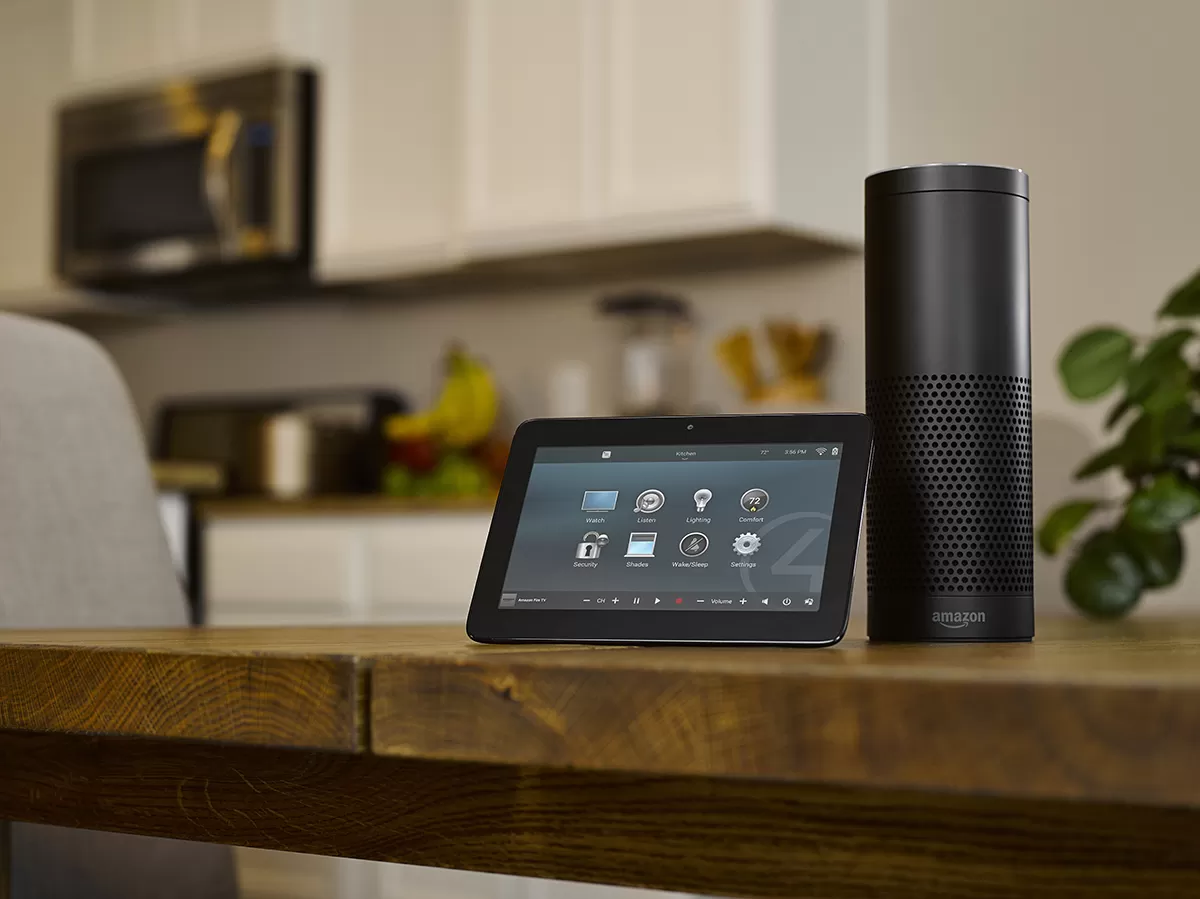Voice-controlled apps are becoming increasingly popular as more users adopt smart devices equipped with voice recognition technology. Building a voice-controlled app can enhance user experience, making it more intuitive and accessible. Here’s a step-by-step guide on how to develop a voice-controlled app for smart devices.

Table of Contents
Toggle1. Define the Purpose of Your App
a. Identify User Needs
Start by determining the specific problem your app will solve or the value it will provide. Consider conducting user surveys or interviews to gather insights on what users expect from a voice-controlled app.
b. Choose the Type of App
Decide on the type of app you want to build. Options include:
- Home Automation: Control smart home devices like lights, thermostats, and security systems.
- Task Management: Create to-do lists, reminders, and calendar events using voice commands.
- Entertainment: Stream music, play podcasts, or control smart TVs through voice commands.
2. Select the Right Voice Recognition Technology
a. Choose a Voice Recognition Platform
There are several platforms available for implementing voice recognition capabilities in your app. Consider the following options:
- Google Assistant: Integrate with Google’s voice recognition technology for Android devices and Google Home.
- Amazon Alexa: Use the Alexa Skills Kit to create voice-controlled experiences for Alexa-enabled devices.
- Apple Siri: Develop Siri Shortcuts for iOS apps to allow voice interaction with Siri.
- Microsoft Cortana: Utilize Cortana for Windows devices and smart speakers.
b. Evaluate SDKs and APIs
Explore the SDKs and APIs provided by these platforms to integrate voice capabilities into your app. For example, use the Google Cloud Speech-to-Text API or Amazon Alexa Skills Kit for voice recognition features.
3. Design the User Experience (UX)
a. Create Voice Interaction Flows
Design interaction flows that outline how users will communicate with your app. Map out common voice commands and the expected responses from the app.
b. Focus on Simplicity
Ensure that voice interactions are simple and intuitive. Avoid complex commands and use natural language processing (NLP) to allow users to speak in a conversational tone.
c. Provide Feedback
Incorporate visual and audio feedback to confirm voice commands. For instance, use sounds or visual cues to indicate when the app is listening or processing a command.
4. Develop the App
a. Choose the Technology Stack
Select a technology stack based on your target platform (iOS, Android, web). Common choices include:
- Mobile Development: Use Swift for iOS, Kotlin for Android, or React Native for cross-platform development.
- Backend Development: Implement a server-side solution using Node.js, Django, or Ruby on Rails to handle requests and manage data.
b. Integrate Voice Recognition
Integrate the chosen voice recognition technology into your app. This involves setting up the necessary APIs and SDKs and implementing the voice command processing logic.
c. Implement Natural Language Processing (NLP)
Use NLP to improve the app’s ability to understand and process user commands. This involves tokenizing speech input, recognizing intents, and extracting relevant entities from the commands.
5. Test the App
a. Conduct User Testing
Perform usability testing with real users to identify any issues with voice recognition and interaction flows. Gather feedback on the app’s responsiveness and accuracy in understanding commands.
b. Test in Various Environments
Test the app in different environments (quiet, noisy) to evaluate its performance under various conditions. Ensure that it can accurately recognize voice commands regardless of background noise.
c. Iterate Based on Feedback
Use the feedback gathered during testing to refine the app. Address any pain points, improve voice recognition accuracy, and enhance overall user experience.
6. Launch and Market the App
a. Prepare for Launch
Ensure that your app meets the guidelines for the app stores (Google Play Store, Apple App Store) and conduct a final round of testing before launch.
b. Develop a Marketing Strategy
Promote your app through various channels, including social media, blogs, and app review sites. Highlight the unique voice-controlled features and benefits to attract users.
c. Encourage User Feedback
After launch, encourage users to provide feedback on their experience with the app. Monitor app reviews and ratings to identify areas for improvement.
7. Provide Ongoing Support and Updates
a. Monitor Performance
Track user engagement, voice command accuracy, and overall app performance. Use analytics tools to gain insights into user behavior and preferences.
b. Implement Regular Updates
Release regular updates to improve the app, fix bugs, and introduce new features based on user feedback. Stay informed about advancements in voice recognition technology to enhance your app’s capabilities.
c. Engage with Users
Maintain communication with your user base through newsletters or in-app notifications. Keep users informed about new features, updates, and tips for using the voice-controlled features effectively.
Conclusion
Building a voice-controlled app for smart devices can significantly enhance user experience by providing a more intuitive and accessible way to interact with technology. By understanding user needs, selecting the right technology, designing a seamless user experience, and continually refining your app based on feedback, you can create a successful voice-controlled application that stands out in the competitive landscape. As voice technology continues to evolve, embracing these innovations will keep your app relevant and engaging for users.


No responses yet